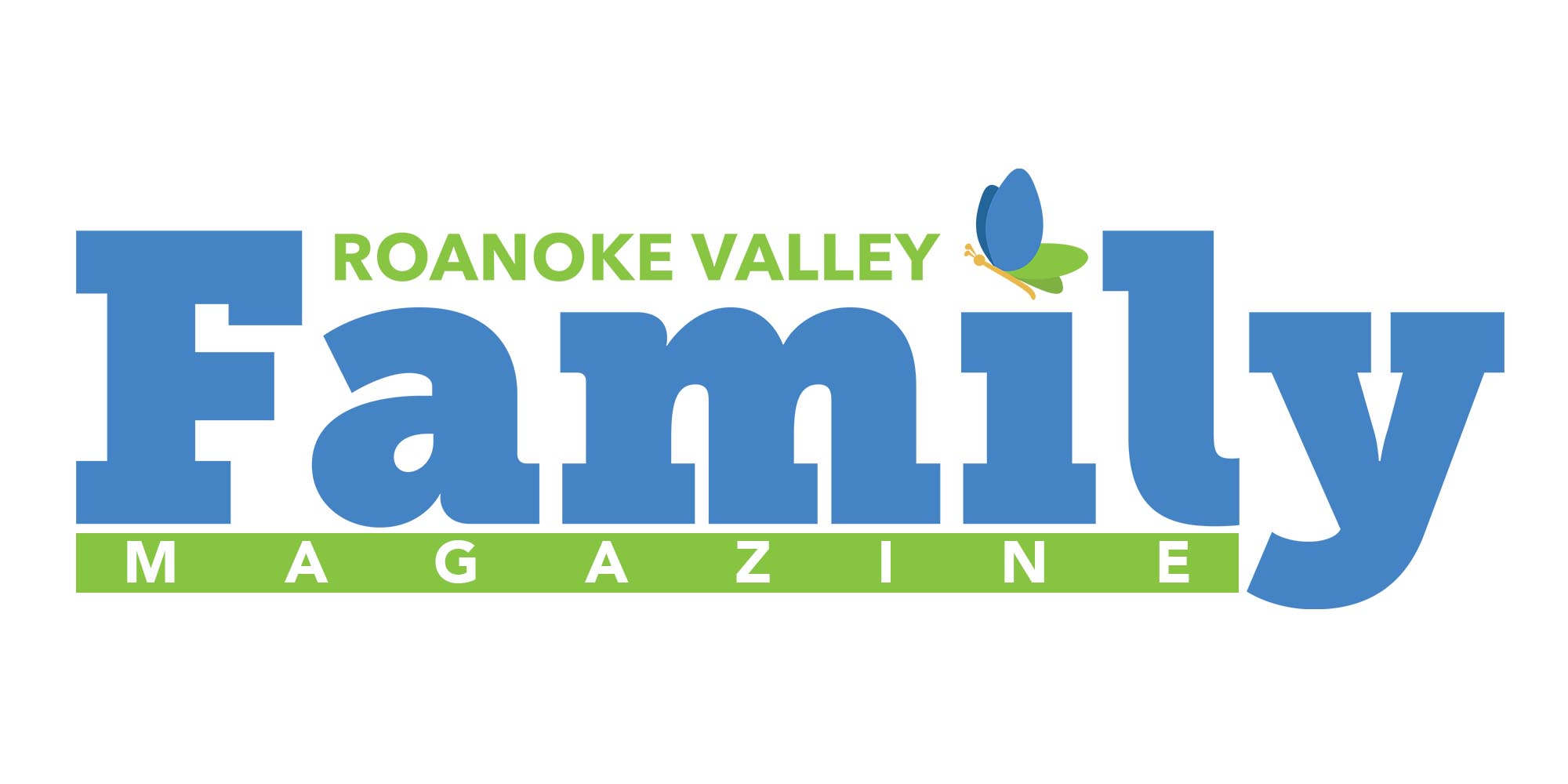Speech Development
By: Heidi Blackwelder
The first three years of a child’s life are the most important years for healthy speech development, because this is the time when the brain does most of its growing and maturing. In fact, during this time there are “critical periods” for speech development, where the brain is most able to absorb new language skills. If these critical periods are allowed to pass without sufficient exposure to language, it can hinder speech development and make it much more difficult to learn later.
Even as newborns, babies are practicing their communication skills. They quickly learn to recognize the voice of their primary caregiver and that crying brings food and comfort. By the age of six months, most babies are beginning to recognize the basic sounds of their native language, and by eight months they begin imitating consonant sounds (like “dadada” or “bababa”) and using physical gestures to communicate (like waving goodbye or raising their arms for you to pick them up). At the one year mark, babies can usually say a few simple words like “mama”, “dog”, or “hi”, can follow simple commands, and can identify various body parts when asked.
Janet Miller is a speech-language pathologist at the Roanoke Valley Speech and Hearing Center, a nonprofit organization that works with individuals of all ages to develop and improve communication skills and provide hearing services. Therapy at the RVSHC is one-on-one with a therapist, and parents/caregivers are an important part of the process. “Therapists will often give suggestions to work on at home,” says Miller. “These are usually things the child is doing well on in therapy, to encourage carryover, or use of those skills at home or other natural environments.”
There are many things a parent can do to encourage their child’s healthy speech development. With your twelve-month-old, try reading colorful books to him, playing interactive games such as peek-a-boo, and rewarding his efforts at saying new words. At eighteen months, speak simply and clearly to him, make conversations worthwhile and fun, and encourage his imitations of sounds in the environment such as a barking dog, fire truck, etc. At three years, extend your conversations with him! Read longer books and talk about them afterwards. Give your child time to respond; it’s not a performance, so don’t rush or pressure. Talk about his day with him, and put emphasis on words you want him to pay attention to.
The following list describes some red flags for speech development.“[These] would be cues to a parent to seek professional help,” Miller says.
- using mostly vowel sounds in speech over 1 year of age
- not talking at 18 months
- not saying two-word combinations at 2 years
- being less than 80% understandable by all listeners at age 3
- having many omissions of initial consonants at age 3
- being less than 100% understandable by all listeners at age 4, although sound errors may be present
- consistently dropping final sounds at age 4
- having sentence structure that is noticeably faulty at age 4
- embarrassed or disturbed by his/her speech at any age
- noticeably nasal in voice quality
Speech disorders and language disorders: What’s the difference?
A child may have a speech disorder if he has trouble speaking correctly, hesitates or stutters while talking, or has problems with his voice. A language disorder refers to a child’s difficulty understanding what others say (called receptive language) or difficulty putting thoughts into words (called expressive language).
Examples of speech disorders
Childhood Apraxia of Speech: Usually abbreviated to CAS or just apraxia, this disorder makes it difficult for the child to put syllables and sounds together to form words. This has nothing to do with weak or paralyzed muscles, rather the brain has trouble telling the right body part to move and form words. In other words, the child knows what he wants to say but has difficulty coordinating the right muscle movements. Some signs of apraxia include:
- Did not babble or coo as an infant
- May have trouble eating
- Difficulty combining sounds; pauses a lot between sounds
- Makes inconsistent errors that are not the result of immaturity
- Simplifies words by replacing difficult sounds with easier ones, or deleting the difficult sound altogether
- Understands language much better than he or she can talk
Stuttering: Difficulty speaking fluently. “Fluency” refers to the ability to speak smoothly with minimal pauses (or “blocks”), word or syllable repetitions, or interjections with words such as “um” or “like” – called “disfluencies”. Most people experience disfluencies every now and then, but someone with a stuttering problem experiences them much more frequently to the point that communication is disrupted. Often a person who stutters seems to be out of breath or tense. Stuttering usually shows up between the ages of 2½ – 4 years, and boys are almost four times more likely to experience it than girls. Some common forms of stuttering include:
- Part-word repetition: The child has trouble moving from one word sound to the rest of the word. “D-d-d-d-do you know the answer?”
- Sound prolongation: Similar to part-word repetition, but rather than repeating a word sound, the child instead holds the sound out until he is able to move past it. “Ssssssnow is my favorite!”
- Series of interjections: The child knows he will get stuck trying to follow “going” with “outside”, so in anticipation of the difficulty he produces a series of interjections until he can finish the sentence smoothly. “I’m going – um um like uhh you know – outside.”
Examples of language disorders
Language-based learning disability: Dyslexia is probably the most well-known learning disability, but it actually only refers to problems with the written word. Because of the relationship that exists between the written word and the spoken word, dyslexia is often only a part of the problem; many children with reading difficulties also have difficulties with spoken language. So, a child can have dyslexia as part of a larger language-based learning disability. Some of the signs include difficulties with:
- Learning new vocabulary
- Expressing thoughts and ideas clearly, and using unspecific words to get the point across (like “stuff”, “thing”, etc.)
- Following directions
- Distinguishing between left and right
- Learning the alphabet and numbers; mixing up letters when spelling
- Memorizing song lyrics or rhymes
Selective mutism: This is when a child has trouble talking only in certain situations, like at school, but has no issues in other places, like at home. It usually starts before a child is 5 years old, but often isn’t noticed until he or she starts school. Symptoms include:
- Consistent failure to speak in particular situations where speaking is expected, like at school, while there are no problems speaking at other times, like with family
- The failure to speak interferes with performance at school or work
- Lasts at least a month (so, it isn’t just because school is a new situation)
- Failure to speak has nothing to do with a speech disorder, such as stuttering, or with being uncomfortable with the language required, such as a child who speaks a different language at home
It’s important to remember that all children develop at their own pace and that speech skills can vary greatly from one child to the next. However, there is a general natural progression of language learning and a timetable for mastering those skills. If you’re wondering whether your child’s speech development is on track, you can use the checklist at the end of this article as a general guideline. For more information, visit www.asha.org/public, and as always, talk to your child’s doctor if you have concerns.
Sources:




